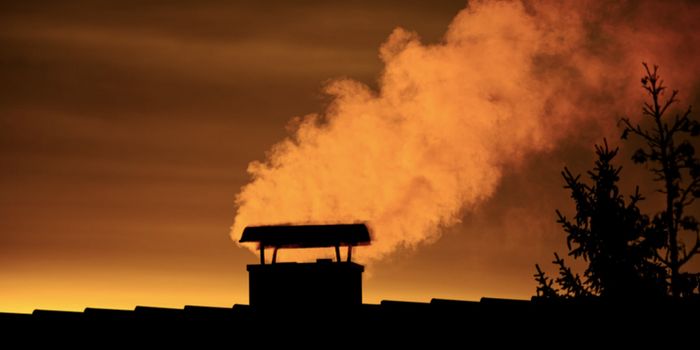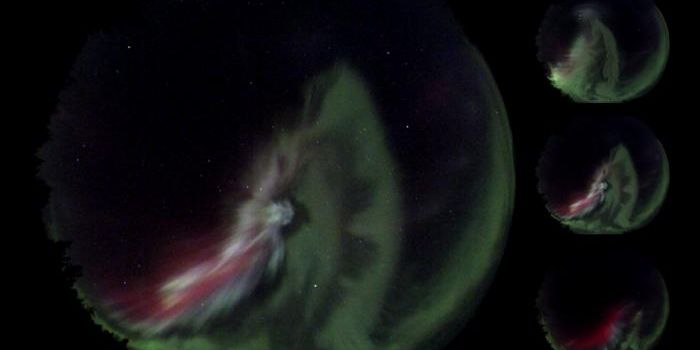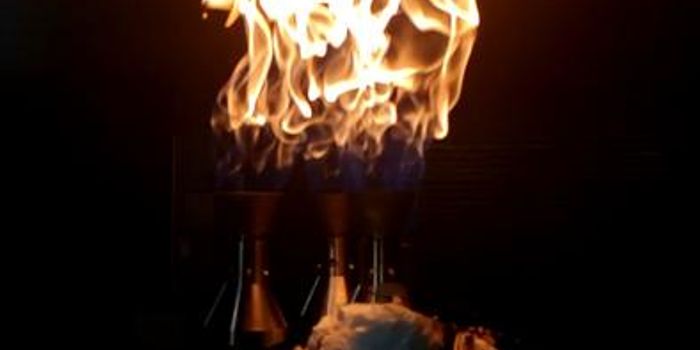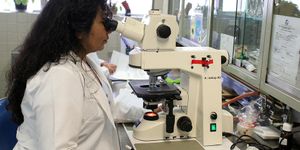Is it possible to use fish guts to make plastic?
In a presentation at the spring meeting of the American Chemical Society, researchers discuss the possibility of using fish guts as an alternative to plastic. Fish guts, you ask? Well, fish guts, and fish bones, and fish skin - in other words, the fish parts that we don’t typically eat and that often go to waste.
The presentation, given by Principal Investigator Francesca Kerton, Ph.D., explains how these materials could be converted into a fish-oil-based polyurethane that could reduce the need for conventional polyurethanes, plastics that are extremely toxic to produce and not in the least bit biodegradable.
"It is important that we start designing plastics with an end-of-life plan, whether it's chemical degradation that turns the material into carbon dioxide and water, or recycling and repurposing," comments Kerton. With this in mind, Kerton and her team turned to the oil from Atlantic salmon waste.
The team got the idea to try using salmon remains to replace crude oil in the production process of polyurethanes because of the prominent salmon farming industry in the region. They found that they could extract the oil from fish waste and turn it into a polyurethane-like polymer by adding oxygen and nitrogen-containing amines.
"I find it interesting how we can make something useful, something that could even change the way plastics are made, from the garbage that people just throw out," says fellow research team member Mikhailey Wheeler, of the Memorial University of Newfoundland. Wheeler and Kerton assure that the end result does not in fact smell fishy.
In their ongoing research, the team will investigate the biodegradability of the fish-oil-derived polyurethane, as well as explore its physical properties to understand if it would be viable in real-world applications.
Sources: American Chemical Society, Science Daily








